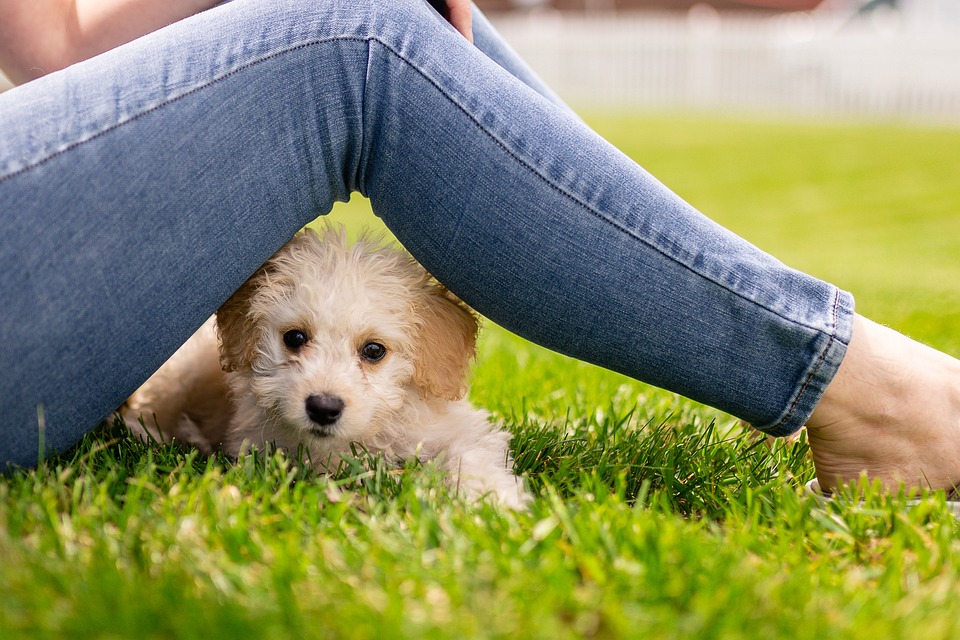As a responsible pet owner, it is crucial to safeguard your furry friend’s health and well-being. One area that often goes overlooked but requires regular attention is your dog’s eyes. Proper eye care is essential for preventing infections and maintaining good ocular health in dogs. In this article, we will guide you through the importance of regularly checking and cleaning your dog’s eyes, along with some frequently asked questions to help you better understand this crucial aspect of dog care.
Why is Regular Eye Care Important for Dogs?
Your dog’s eyes are not only a window to their soul but also a reflection of their overall health. Regular eye care helps prevent infections, identify potential issues early on, and ensure your dog’s eyes remain comfortable and problem-free. Neglecting your dog’s eye care can lead to various eye conditions, including conjunctivitis, corneal ulcers, dry eyes, and even vision loss. By incorporating a simple eye care routine into your dog’s grooming regimen, you can minimize the risks and keep their eyes healthy and bright.
How to Regularly Check Your Dog’s Eyes
Checking your dog’s eyes requires a few minutes of your time and can be done as part of your daily or weekly grooming routine. Follow these steps to effectively check your dog’s eyes:
1. Create a Calm Environment: Choose a quiet and well-lit area where your dog feels comfortable. This will help minimize any stress or anxiety during the eye examination.
2. Observe from a Distance: Begin by observing your dog’s eyes from a distance. Look for any signs of redness, cloudiness, excessive discharge, or swelling. These can indicate an underlying issue that needs attention.
3. Inspect the Eyelids: Gently lift your dog’s upper and lower eyelids to inspect for any foreign objects, such as dirt, debris, or eyelashes that may have turned inward. These can cause irritation and potentially lead to eye infections.
4. Check the Whites of the Eyes: The whites of your dog’s eyes should be clear and free from redness or discoloration. Any yellowing or bloodshot appearance may be a sign of an underlying problem and should be addressed by a veterinarian.
5. Examine the Pupils: Your dog’s pupils should be equal in size and responsive to light. If you notice any abnormal changes, such as unequal sizes or sluggish reactions, it may indicate a neurological issue that requires immediate veterinary attention.
How to Clean Your Dog’s Eyes
Routine cleaning of your dog’s eyes helps remove dirt, debris, and potential irritants that can lead to infections. Here’s a step-by-step guide on how to clean your dog’s eyes safely:
1. Gather the Supplies: Prepare a clean, soft cloth or gauze and a veterinarian-approved eye cleaning solution. Avoid using any harsh chemicals or human eye drops, as they can be harmful to your dog.
2. Positioning: Ensure your dog is in a comfortable position, ideally sitting or lying down. If necessary, enlist the help of another person to gently hold your dog’s head in place.
3. Apply the Solution: Moisten the cloth or gauze with the eye cleaning solution. Carefully wipe the area around your dog’s eyes, starting from the inner corner and moving outward. Use a gentle, sweeping motion to avoid any discomfort.
4. Remove Discharge: If your dog has any discharge or crust around their eyes, soak the cloth in warm water and gently dab the affected area to loosen and remove it. Take care not to touch the eyes directly.
5. Reward and Praise: Once you have finished cleaning your dog’s eyes, reward them with a small treat and praise to create a positive association with the process.
Frequently Asked Questions (FAQs)
Q1: How often should I check my dog’s eyes?
A1: It is recommended to check your dog’s eyes at least once a week, but more frequent checks are advisable if your dog is prone to eye issues or exhibits any symptoms of discomfort.
Q2: What are the signs of an eye infection in dogs?
A2: Common signs of an eye infection in dogs include redness, swelling, excessive tearing or discharge, squinting, pawing at the eyes, and a change in eye color or clarity.
Q3: Can I use water instead of an eye cleaning solution?
A3: While water can help remove some dirt, using a veterinarian-approved eye cleaning solution is preferable. These solutions are specifically formulated to maintain the pH balance of your dog’s eyes and effectively remove debris.
Q4: Should I trim the hair around my dog’s eyes?
A4: Trimming the hair around your dog’s eyes can help prevent irritation and the accumulation of debris, reducing the risk of eye infections. However, it is best to consult a professional groomer or veterinarian for guidance on proper trimming techniques.
Q5: When should I seek veterinary care for my dog’s eyes?
A5: If you notice any persistent or worsening eye-related symptoms, such as swelling, discharge, cloudiness, or changes in behavior, it is vital to consult a veterinarian promptly. They can diagnose any underlying conditions and provide appropriate treatment.
Regularly checking and cleaning your dog’s eyes is an essential part of responsible pet ownership. By incorporating this simple routine into your dog’s care regimen, you can help prevent eye infections, minimize discomfort, and ensure your furry friend enjoys healthy, bright eyes throughout their life. Remember, if you have any concerns or questions about your dog’s eye health, always consult a veterinarian for professional advice.









